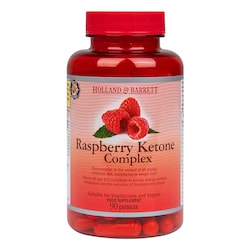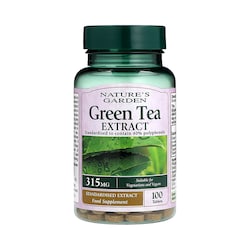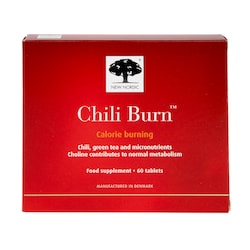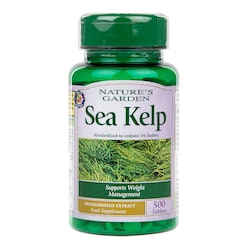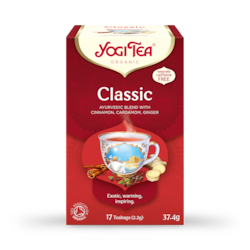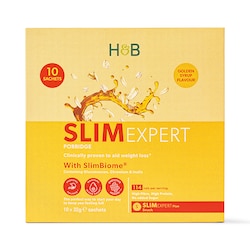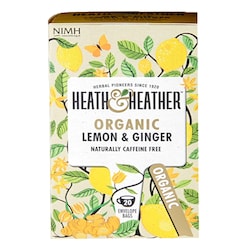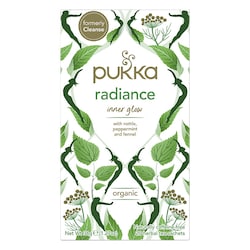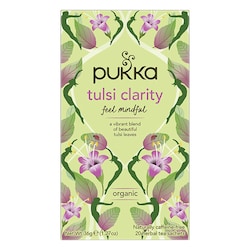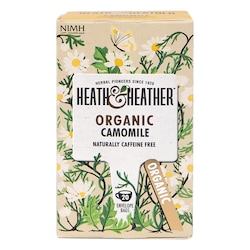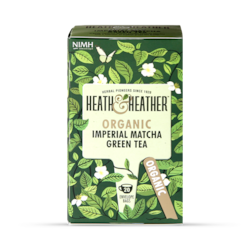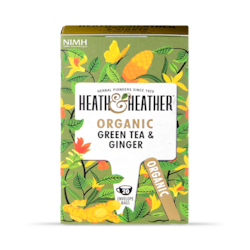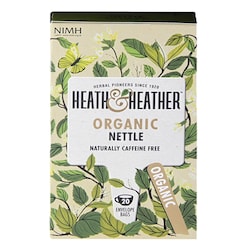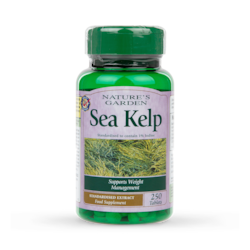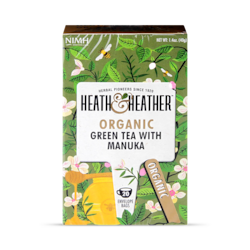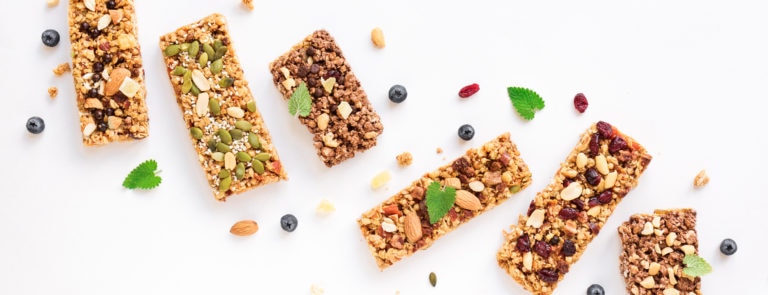20% off £30
Code:QUICK
What is bioperine®? Everything you need to know

What is bioperine? What is the difference between bioperine and black pepper? What is it used for and are there any side effects?
Summary
1Is bioperine the same as black pepper?
To summarise: Black pepper is the raw spice from which the compound piperine is derived. Bioperine is a manufactured product, developed to provide...
2What is bioperine used for?
Here are four ways bioperine can support wellness. Bioperine helps the body absorb nutrients more effectively, in particular curcumin...
3What are the side effects of bioperine?
There are few reported side effects of bioperine. However, there’s some suggestion that piperine could slow blood clotting. Consequently, those...
Did you know that black pepper contains a powerful active ingredient that can help your body fight disease and infection? This same compound can also support heart health, control blood sugar and boost nutrient absorption. It might even help relieve nausea and headaches. Impressive, right? The bioactive ingredient in question is piperine. And as well as in black pepper, you can also find it in a product called bioperine.
In this post, we consider what is bioperine? How does it differ from piperine? What is it used for? And how can it help keep you healthy?
What is bioperine?
Bioperine is a manufactured, patented extract of piperine. It’s a bioactive ingredient in black pepper and is rich in antioxidant and anti-inflammatory properties. Studies link many potential health benefits to this ingredient. These include enhancing nutrient absorption, supporting heart health and aiding the immune system.
So, what’s the best way to get a dose of this compound? Whilst showering black pepper over your Sunday roast is a good start, it’s unlikely to have the same impact on your health as using a concentrated supplement like bioperine.
Bioperine contains a standardised amount of piperine (95% minimum.) This high concentration makes it a convenient and effective way to access the powerful health benefits.
Summary
Piperine is a bioactive compound in black pepper
You can get piperine by adding black pepper to your meals
Alternatively, bioperine is a manufactured product that delivers a concentrated dose of this compound
Is bioperine the same as black pepper?
People often ask if bioperine is the same as black pepper. Whilst black pepper, piperine and bioperine are all closely linked, they’re not the same thing. As a result, upping your intake of black pepper won’t have the same effect as introducing bioperine supplements to your diet. To summarise…
- Black pepper is the raw spice from which the compound piperine is derived
- Bioperine is a manufactured product, developed to provide reliable and concentrated levels of piperine
Summary
- Bioperine and black pepper are not the same thing
- Both bioperine and black pepper contain piperine
- Black pepper and piperine are naturally occurring, whereas bioperine is a manufactured product
What is bioperine used for?
Bioperine has a number of health benefits. Here are four ways bioperine can support wellness.
- Bioperine helps the body absorb nutrients more effectively, in particular curcumin
Curcumin boasts an incredible range of health benefits, yet has poor bioavailability. This is mainly due to poor absorption, fast metabolism, and rapid elimination. However, taking piperine or bioperine alongside curcumin can increase bioavailability by up to 2000%.1 - Bioperine could have gastrointestinal benefits
Research has shown that piperine can favourably stimulate the digestive enzymes of the pancreas. This could enhance digestive capacity and speed up food transit time.2 - Bioperine could reduce blood sugar
A study in 2012 found that small doses of piperine lowered blood glucose levels.3 Other studies have discussed the potential anti-diabetic effect of piperine.4
Why should you use bioperine and turmeric?
To answer this, let’s first delve a little into the health benefits of the golden spice. Turmeric belongs to the ginger family and has a long history of use in healing. In fact, medicinal use of the spice in the Ayurveda system goes back thousands of years in India. Nowadays it has more widespread global use.
Aside from giving your favourite curry dish a fiery yellow punch, a traditional use of the culinary and healing spice is to treat problems arising from inflammation, pain and fatigue. It’s a powerful anti-inflammatory and can help in the management of arthritis, anxiety and hyperlipidemia.5 It can also help alleviate post-exercise muscle soreness and inflammation.6
The active ingredients, and the compounds that make turmeric such a valuable healing spice, are curcuminoids. Curcumin also gives it its bright yellow colour.
However, curcumin isn’t only beneficial for people with health complaints. In low doses it can also be beneficial for healthy individuals. For example, it exhibits a range of antiviral and anti-inflammatory properties. In fact, research suggests that curcumin has such powerful anti-inflammatory properties that it may be able to inhibit inflammation at a molecular level.7 In addition, there’s evidence of positive impacts on memory, mood and cholesterol levels.8
Curcuminoids are actually found in small concentrations in turmeric – about 3-5%. Therefore, supplements with concentrated quantities are a more convenient and reliable way to benefit from turmeric’s wide-ranging medicinal power.
Handpicked content: 6 top uses for turmeric
So, what is turmeric with bioperine used for?
Let’s return now to answering why it can be beneficial to use turmeric and bioperine together.
Whilst curcumin has many benefits, it has poor bioavailability. This means the body can’t absorb it in the levels needed to have a tangible impact. That’s where piperine, or bioperine comes in. Taking bioperine with turmeric or curcumin can dramatically increase the levels of absorption by 2000%.9 This makes bioperine and turmeric a powerful combination.
Supplements containing high strength turmeric and curcumin, combined together with bioperine can facilitate nutrient absorption in convenient tablet form.

Summary
- Turmeric has been used for its powerful medicinal qualities for thousands of years
- Curcumin is the principal active compound of turmeric
- Curcumin is a powerful anti-inflammatory and has a wide range of potential medicinal uses
- Turmeric and curcumin by themselves cannot be easily absorbed by the body
- Taking turmeric with bioperine vastly boosts the rate of nutrient absorption
What are the side effects of bioperine?
There are few reported side effects of bioperine. However, there’s some suggestion that piperine could slow blood clotting. Consequently, those with bleeding disorders, or anyone about to undergo surgery, should avoid bioperine.
In addition, people with liver disease, gallstones or medical conditions affecting the bile duct should avoid turmeric and curcumin, owing to their ability to increase bile secretion.10
As always, if you have a known medical condition, or are taking prescription medication, speak to your doctor before starting any supplement. They can alert you to possible interactions with medication or a condition itself.
Summary
- Few side effects of bioperine have been reported for the majority of people with no underlying health condition
- Those with bleeding disorders should avoid bioperine, unless under GP supervision and advice
- If you have liver disease you should avoid turmeric and curcumin unless under GP supervision and advice
Conclusion: Bioperine and turmeric is a powerful combination
Bioperine has powerful anti-inflammatory and anti-oxidant properties that can help fight disease and infection and boost nutrient absorption. It’s a manufactured and patented product, developed from 95% piperine (extract of black pepper.) Its most common use is to enhance absorption of curcumin – the principal compound in turmeric that’s rich with health benefits.
Bioperine and turmeric are a powerful combination. Whilst side effects appear to be few, there’s some evidence of implications for those with liver or bile conditions, or for those with blood clotting conditions. Anyone with such conditions should avoid bioperine, turmeric and curcumin other than under GP advice. If in doubt, or if you are on prescribed medication for any condition, speak to your GP before starting supplements containing these ingredients.
The advice in this article is for information only and should not replace medical care. Please check with your GP or healthcare professional before trying any supplements, treatments or remedies. Food supplements must not be used as a substitute for a varied and balanced diet and a healthy lifestyle.
Last updated: 11 May 2021
- https://www.ncbi.nlm.nih.gov/pmc/articles/PMC5664031/
- https://pubmed.ncbi.nlm.nih.gov/17987447/
- https://pubmed.ncbi.nlm.nih.gov/23061294/
- file:///D:/Documents/DownloadsD/applsci-09-04270.pdf
- https://pubmed.ncbi.nlm.nih.gov/12676044/
- https://www.ncbi.nlm.nih.gov/pmc/articles/PMC5664031/
- https://pubmed.ncbi.nlm.nih.gov/12676044/
- https://www.ncbi.nlm.nih.gov/pmc/articles/PMC5664031/
- https://bioperine.com/index.php/researchhighlight
- https://www.sps.nhs.uk/articles/turmeric-potential-adverse-effects-and-interactions/


